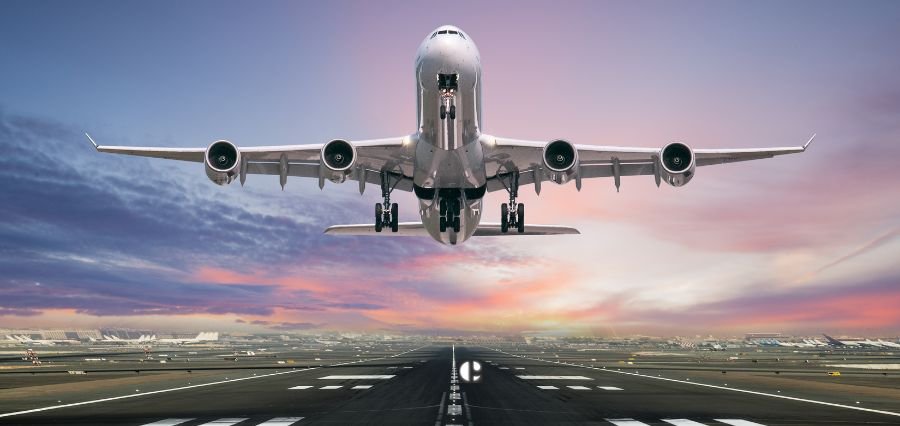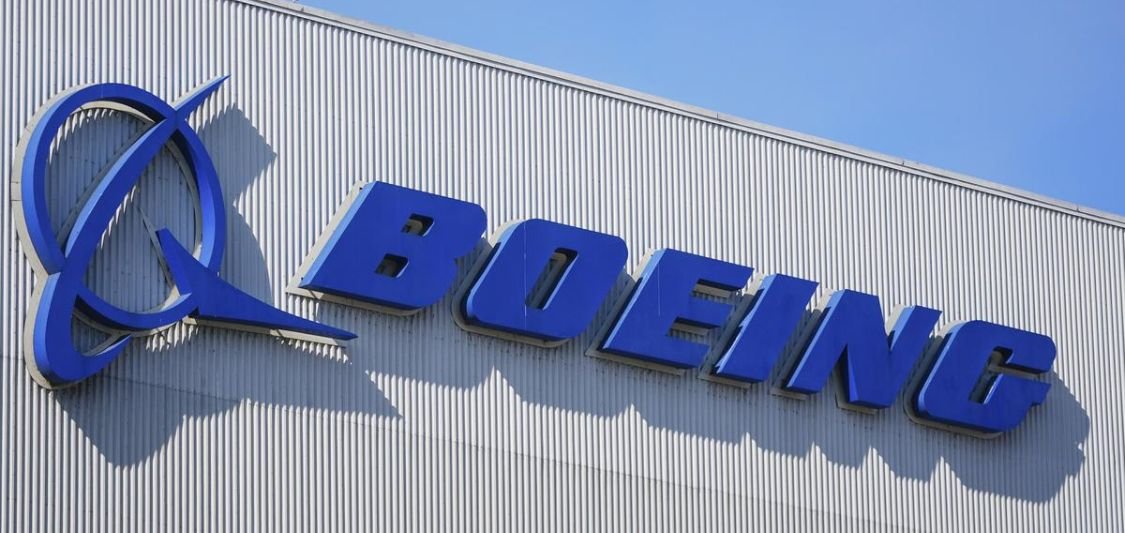Prime Highlights
- Heathrow Airport announced a £49bn expansion project, including a third runway and improved terminals.
- The proposal will increase passenger numbers to 150 million a year from 84 million.
Key Fact
- Middle runway facilities will cost £21 billion, and a further £27 billion for renewing and upgrading terminals.
- Environmentalists are warning of increased CO₂ emissions and the destruction of more than 700 houses.
Key Background
Heathrow Airport has formally submitted a master plan worth £49 billion in total to the UK government for a new, full-length runway and serious infrastructural enhancement. The plan calls for routing of the M25 motorway under the airport, a new terminal T5X, and several satellite terminals. Passenger capacity at the airport will be increased to 150 million annually, dramatically improving the connectivity of the UK to the rest of the world and trading.
Privately funded, the plan costs £21 billion on runway and airfield upgrades, £12 billion on building terminals, and £15 billion on replacing old facilities. Heathrow, if the project proceeds, estimates the third runway would be ready in ten years, with as many as 100,000 new jobs and a sharp spike in flight traffic—by as much as 276,000 a year.
But the expansion is opposed with ferocity. Local people and environmentalists complain that the development goes against UK climate policy, potentially releasing an additional 4.4 million tonnes of CO₂ every year. The expansion also involves the demolition of more than 700 homes, which also raises extreme social and ethical issues. London Mayor Sadiq Khan and other greens again opposed the development on the basis of the negative effect on noise pollution and natural equilibrium.
Leaning heavily on Heathrow’s proposal is a competing bid from the Arora Group, “Heathrow West.” It consists of less ambitious £25 billion expansion with a shorter runway and less environmental risk without the requirement to reroute the M25. Interest has been shown in the competitor by several airlines on cost and less disruption grounds.
The government will make firm planning choices later in 2025 between the two options under consideration. The ministers also examine the national planning policy in such a manner that cutting back within the approval process will be allowed as Heathrow seeks regulatory and financial clarity to get its private financing. The fate of the project now hangs in delicate equilibrium between economic desire and environmental protection.
Read Also : John Oliver Reacts to “The Late Show” Cancellation: “Incredibly Sad,” But Eager for Colbert’s Next Phase








